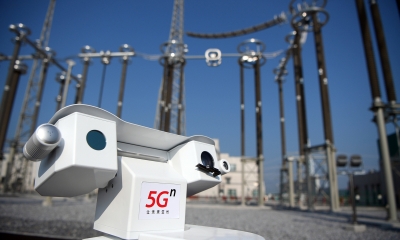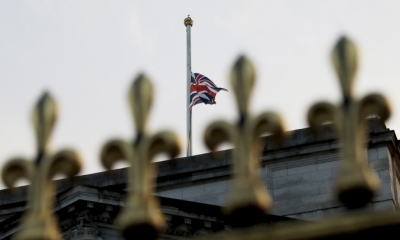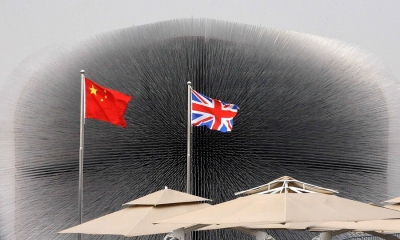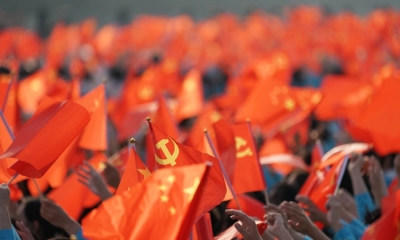More Efforts Needed to Make Sure Investment Pact Delivers Pragmatic Results
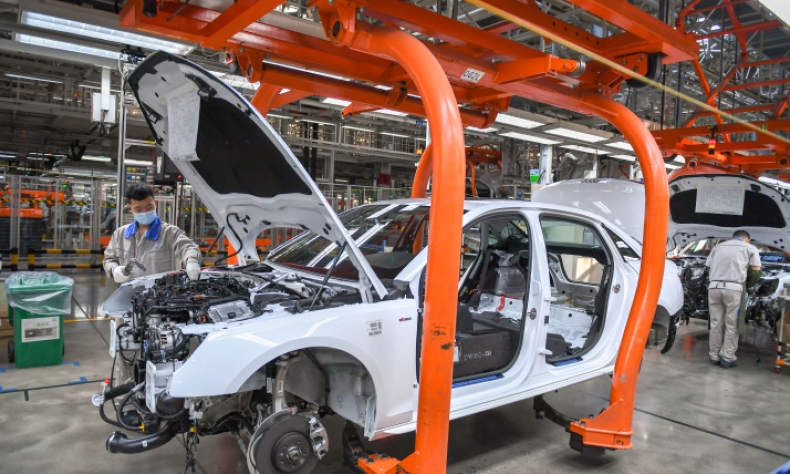
After seven years’ investment of time and effort in reaching this agreement, it would be a pity if it simply came into existence and then brought about no change at all.
China became the EU’s largest trading partner in 2020, taking the spot occupied by the U.S. Though global trade was heavily impacted by COVID-19, bilateral trade maintained an uptrend. As the two sides sealed the Comprehensive Agreement on Investment (CAI) in December 2020, more potential in cooperation awaits to be tapped.
Outcome at right time
The news that the EU and China had agreed on a framework for an investment deal was greeted with mixed views by commentators in the EU and America. Part of this was due to the simple issue of timing.
The fact that negotiations for the pact had taken seven years to reach their conclusion meant that the environment in which this had all started—the world pre-Donald Trump and pre-Brexit—had changed.
The EU had been through a torrid time over this period, with the Syrian refugee crisis in 2015, and then a series of horrific terrorist attacks in France and Spain, and finally the wave of populist electoral results. The decision by Britain to leave the bloc after the June 2016 referendum was a hugely symbolic moment. Many thought that Europe was breaking apart. It was only a matter of time before other countries would also leave what some saw was a failing project. Then newly elected U.S. President Trump’s dim view of the EU and its trade practices only exacerbated things.
Last year, the EU has at least come through this hard time. Countries looked at the political and economic consequences being suffered in the UK as it sought, often painfully, to find an exit to the EU, and decided that whatever the issues of this sort of unified market, it was worth being part of it rather than cutting loose.
Even the EU’s often poor handling of the COVID-19 pandemic did not result in a major backlash. On the whole, national leaders were the ones that received the most negative coverage. The vaccine fiasco of 2021, something largely due to centralized, and incompetent, decision-making within the EU, may well change this to a degree. But so far, Brexit being duplicated by any of the other 27 remaining member states looks remote.
In view of this, what can be made of the CAI? While it remains to be ratified by the European Parliament, does it offer something new in the relationship between the two globally hugely important markets and economic actors?
If one were assessing this issue by self-interest alone, then one set of criteria needs to be applied. The issue for the EU has been an increasing concern about reciprocity in its relations with China. This is an interesting change. Serving as a diplomat in the early 2000s in China, I remember a European business person stating at a meeting in Beijing that “the reality is that the Chinese are not proactive and good attractors of outward investment; it is the Europeans who are good investors. They are always seeking opportunities.”
That sort of confidence verging almost on hubris, however, was perhaps at its peak. The interesting thing is the way in which while the story of European investment in China has remained static over this period, that of Chinese investment back into the EU has been much more dynamic. This took a while to happen, for sure. But since 2016, the Chinese foreign direct investment overtook the flows the other way. This increased dramatically in 2016, when the Chinese values started to fall from their peak. The trend, however, remains unchanged. One wouldn’t be able to restate what that business person said in 2001 with any great validity today.
Clearly one of the structural issues that the CAI is meant to address is improving the conditions for European companies to work in the Chinese market. There have been successful investors there—BASF and Volkswagen come to mind, both, tellingly, from Germany. But these have been there for some time. The situation is the same with other EU member states. If they have companies engaged with China, they are all well established. There needs to be a new route for a fresher group to come in.
Taking action
It is true that the agreement is aimed at opening up sectors which speak more to EU strengths—finance and services for instance. It is also true that it attempts to create a level playing ground, in terms of speaking about labor standards, and intellectual property and legal protection. These are things that the EU has been prioritizing in its relations with China for a long time. In symbolic terms, at least, the CAI should be seen as a step forward.
The main impediments to this agreement having a material impact on EU-China economic and political relations, however, lie elsewhere. These divide between practical and then more geopolitical issues.
To deal with the first set of issues, as others who have signed free trade agreements or other kinds of economic protocols have found, agreeing on doing something does not mean that one will then be able to do that well. These signed agreements create an enabling framework. They open the door. But there needs to be actors who then go through the door and do things. European companies, if the agreement is implemented, have a map which creates new pathways into China. But whether they will be willing, or even be able, to read that map is another matter.
What will incentivize them is the potential size of the Chinese emerging middle-class market. But the CAI gives no information about how best to approach this market, how to understand the idiosyncrasies and culture of this market, and how to build on opportunities as they arise. It is true that this is also the case with Chinese companies coming to Europe. But seeing as they seem to be the more active investors these days, and the Chinese market
is the one growing more quickly, the Europeans have the most ground to make up, and stand to benefit most if the CAI opportunity is properly managed.
The second practical issue, of course, is the looming shadow of geopolitics. Even though the Trump administration has come to an end, the abrasive tone it created still remains. The U.S. and China have fractious relations at the moment, with no signs this is going to improve any time soon—if it ever does. The fact that the EU announced the CAI with China just at the time the U.S. was in turmoil because of Trump’s claims about the 2020 presidential election meant that it got dragged into the very polarized debate about China’s place in the world underway in America.
The EU has had to defend itself against the claims made in Washington and elsewhere that it is not a reliable ally and has put its self-interest above everything else, despite the fact that the U.S. has been doing its own trade negotiations with China in the last few years, culminating in a phase-one partial deal in January 2020.
The CAI provides an opportunity for EU-China relations. That much is true. But for Europe, it is unclear at present whether they know what that opportunity is. This is a fast-moving space. Others are already looking in China for opportunities; there are other deals to be done.
After seven years’ investment of time and effort in reaching this agreement, it would be a pity if it simply came into existence and then brought about no change at all. For the EU, the downside of that outcome would be that unlike in the past, when they could argue that China was not available or open to them in the way they wanted, this time they had an agreement which might have remedied some of these issues, but could do nothing with it. In effect, it removes one more excuse for inaction. And after so many years of dialogue and work together, surely the time for excuses is over.
 Facebook
Facebook
 Twitter
Twitter
 Linkedin
Linkedin
 Google +
Google +




